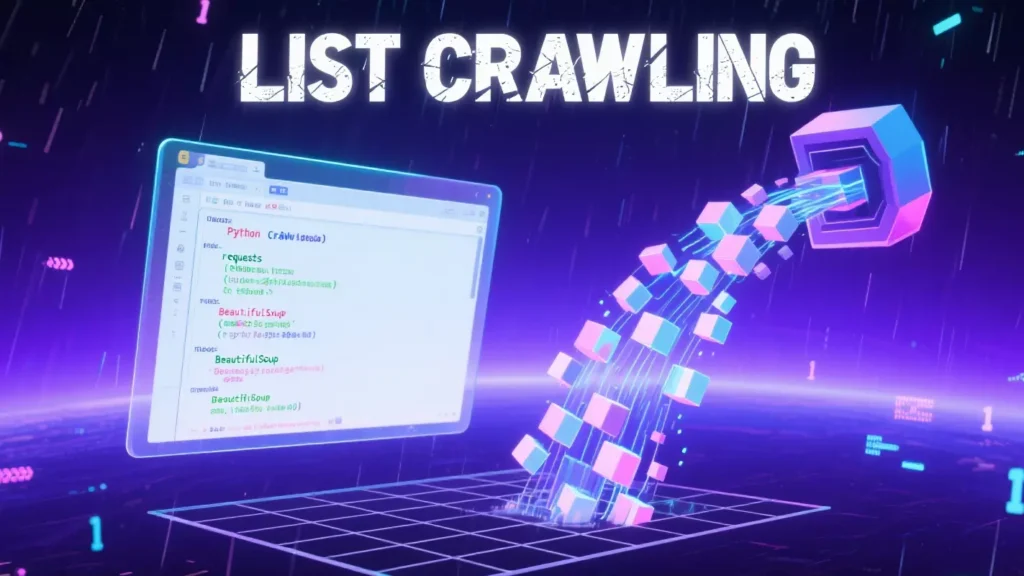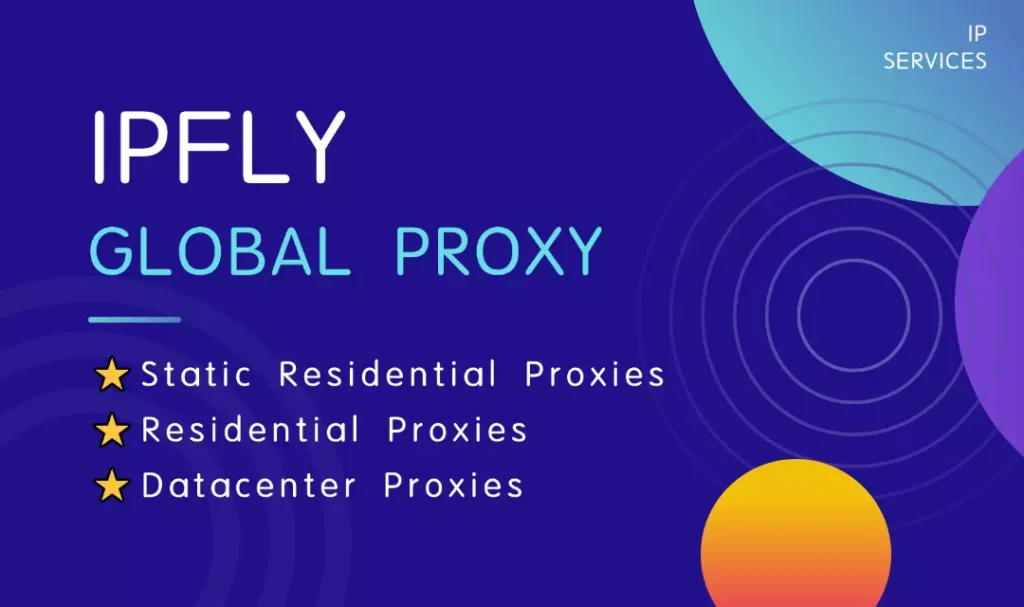In today’s digital world, data is king. Businesses, marketers, and analysts rely heavily on online data to understand markets, monitor competitors, and connect with customers. One of the most efficient ways to collect large sets of structured information from the web is through list crawling. While the concept may seem complex at first, with the right knowledge, tools, and support, anyone can harness the power of list crawling.
This comprehensive guide will explain what list crawling is, how it works step-by-step, when to use DIY tools versus professional services, and how proxies can improve your crawling success. We’ll also cover legal considerations and practical use cases to help you get started.

What Is List Crawling?
List crawling is a specialized form of web scraping that focuses on extracting data from web pages containing lists or collections of similar items. These lists might include:
- Product catalogs on e-commerce websites
- Business directories and contact listings
- Event schedules or ticket listings
- User reviews or comments sections
Unlike scraping a single page or unstructured content, list crawling automates the process of navigating through multiple pages or segments of lists to gather comprehensive datasets. It’s particularly useful when you need to collect repetitive data fields such as names, prices, emails, phone numbers, or dates from multiple pages or entries.
How List Crawling Works: Step-by-Step
If you are new to list crawling, understanding the workflow will help you get started confidently.
1. Identify Target Lists
The first step is to find websites or platforms that hold the data you want. For example, if you’re going to generate sales leads, you might target a business directory. For price comparison, e-commerce sites are common sources.
Ensure the lists are publicly accessible and structured in a way that allows for effective scraping.
2. Define Crawling Parameters
Before starting the crawl, you need to clearly specify:
- Which pages or list sections to crawl: Some lists paginate, so you must tell your crawler how to move between pages.
- Data fields to extract: Decide what data points you want (e.g., product name, price, seller contact).
- Frequency: How often should the crawler run? Daily? Weekly? Real-time?
Clear parameters ensure the data you get is relevant and timely.
3. Choose Crawling Tools or Services
You have two main options:
- Use DIY tools to build and run crawlers yourself.
- Hire professional list crawling services or use proxy providers.
DIY tools give flexibility but require technical skills. Professional services often handle complexities like proxies, CAPTCHA, and data cleaning for you.
4. Extract and Clean Data
Once the crawler runs, it collects raw data, which usually needs cleaning:
- Remove duplicates
- Correct formatting errors
- Filter irrelevant content
This step is crucial for usable insights.
5. Export and Use Data
Finally, export your cleaned data in formats like CSV, JSON, or Excel, and integrate it into your CRM, analytics platform, or marketing tools.
DIY List Crawling Tools: Pros and Cons
If you’re hands-on or have a developer team, DIY scraping tools can be a cost-effective way to start:
- Octoparse: Offers a visual interface and point-and-click setup for beginners.
- ParseHub: Handles dynamic content and JavaScript-heavy pages with ease.
- Python libraries: BeautifulSoup, Scrapy, and Selenium allow custom crawlers but require programming knowledge.
Pros:
- Full control over crawling logic.
- Lower cost if you already have technical resources.
- Customizable for unique or complex data structures.
Cons:
- Steeper learning curve for non-technical users.
- You must manage proxies and anti-bot measures yourself.
- Ongoing maintenance as websites update or block crawlers.
When to Use Professional List Crawling Services
For many businesses, professional crawling services are the better choice, especially when dealing with:
- Large-scale projects: Handling thousands or millions of data points.
- Complex websites: Sites with CAPTCHA, login requirements, or dynamic content.
- Proxy and IP management: Avoiding IP bans and geo-restrictions requires rotating proxies.
- Compliance: Ensuring your crawling respects site terms and legal restrictions.
- Data accuracy and support: Services often include data cleaning and customer assistance.
How IPFLY Enhances List Crawling Success

A critical factor in professional list crawling is proxy support. IPFLY offers a robust proxy network tailored to support high-quality web crawling:
- Extensive IP Pool: Millions of residential IPs worldwide, reducing the risk of blocks.
- Global Coverage: Access geo-restricted sites from over 190 countries.
- Rotating IPs: Automatically rotate IPs to mimic natural browsing and evade bans.
- High Anonymity: Keep your crawling anonymous and secure.
- API Integration: Seamlessly connect IPFLY proxies with your crawling tools or services for automation.
Using IPFLY’s proxy infrastructure means smoother, faster, and more reliable list crawling, especially on sites that aggressively block scraping attempts.
Legal and Ethical Considerations
Web scraping and list crawling are powerful but come with responsibilities:
- Respect Website Policies: Always review a website’s terms of service. Some explicitly forbid scraping.
- Avoid Personal Data Abuse: Don’t collect sensitive personal information unlawfully.
- Follow Data Protection Laws: Comply with GDPR, CCPA, and other regulations.
- Avoid Overloading Servers: Configure crawlers to limit requests and avoid disruption.
If in doubt, consult legal advice to ensure compliance.
Popular Use Cases for List Crawling
List crawling can transform raw web data into valuable business assets:
- Lead Generation: Extract contact details from directories to fuel sales outreach.
- Price Monitoring: Track competitor pricing changes for dynamic adjustments.
- Market Research: Analyze customer reviews and ratings to understand preferences.
- Content Aggregation: Collect news, blogs, or events for curated platforms.
- Job Boards: Compile listings for recruitment websites or job alert services.
Tips for Beginners
- Start Small: Test your crawler on limited pages before scaling.
- Choose Reliable Proxies: Avoid bans by using trusted proxy services like IPFLY.
- Schedule Regular Crawls: Keep your data fresh and relevant.
- Monitor Performance: Track errors or IP blocks to troubleshoot quickly.
- Backup Data: Store snapshots in case of data loss.
Conclusion

List crawling unlocks powerful business insights from the vast amount of online data. Whether you choose DIY tools or professional services, understanding the fundamentals of crawling, proxies, and legal boundaries is essential. Providers like IPFLY simplify the process with their reliable proxy networks and technical support, making list crawling faster and more secure.
Ready to boost your data capabilities? Explore IPFLY’s proxy solutions today and take your list crawling to the next level. For further information, you can join our Telegram channel (https://t.me/IPFLY_PROXY).


